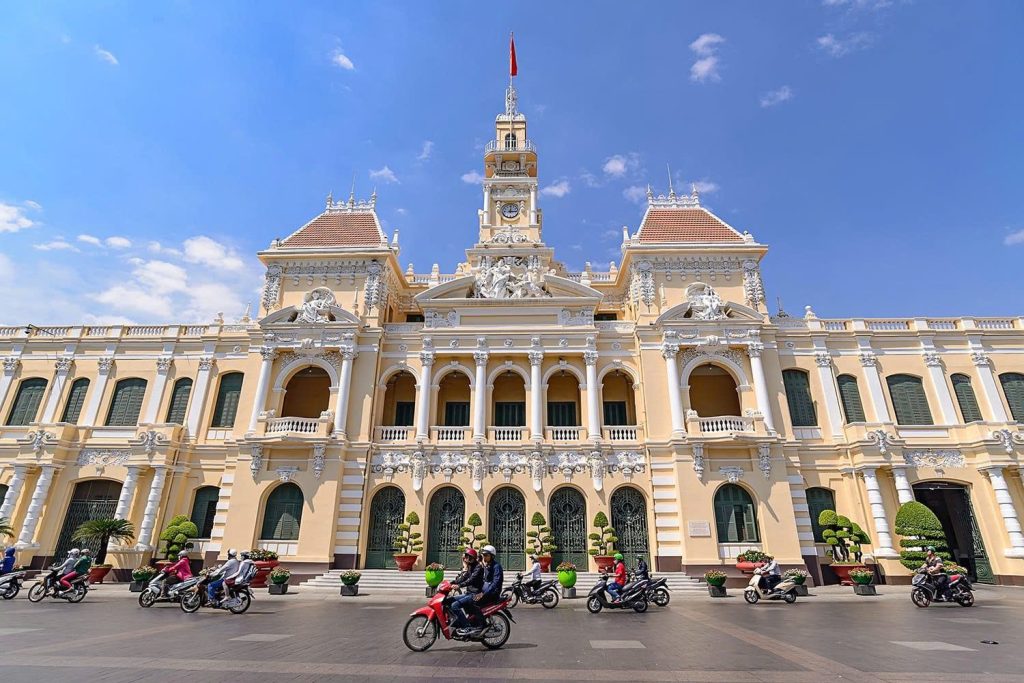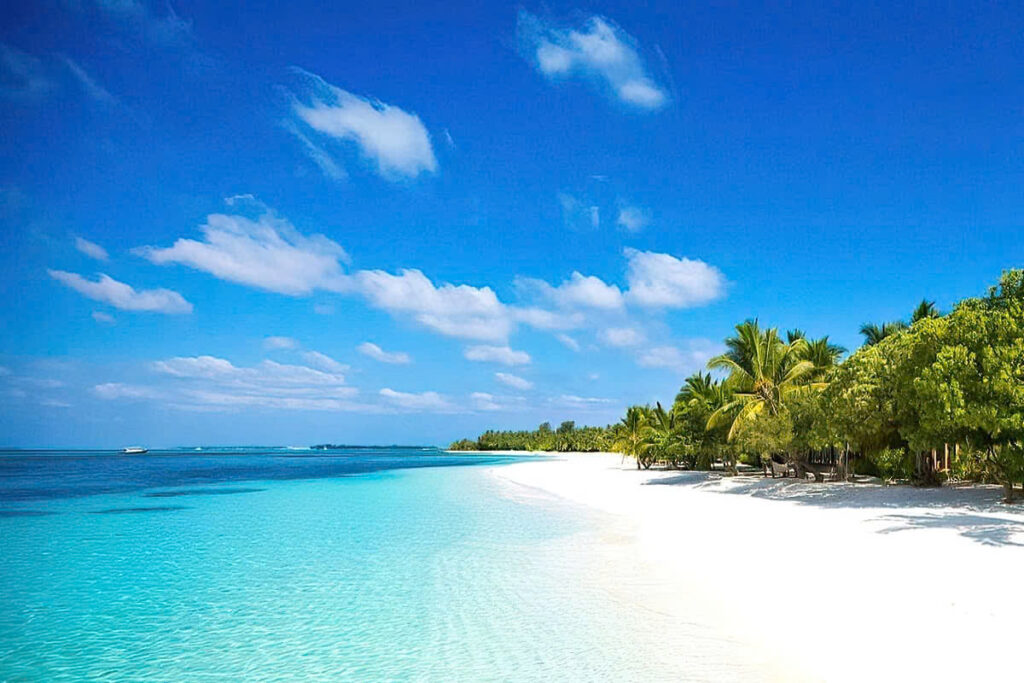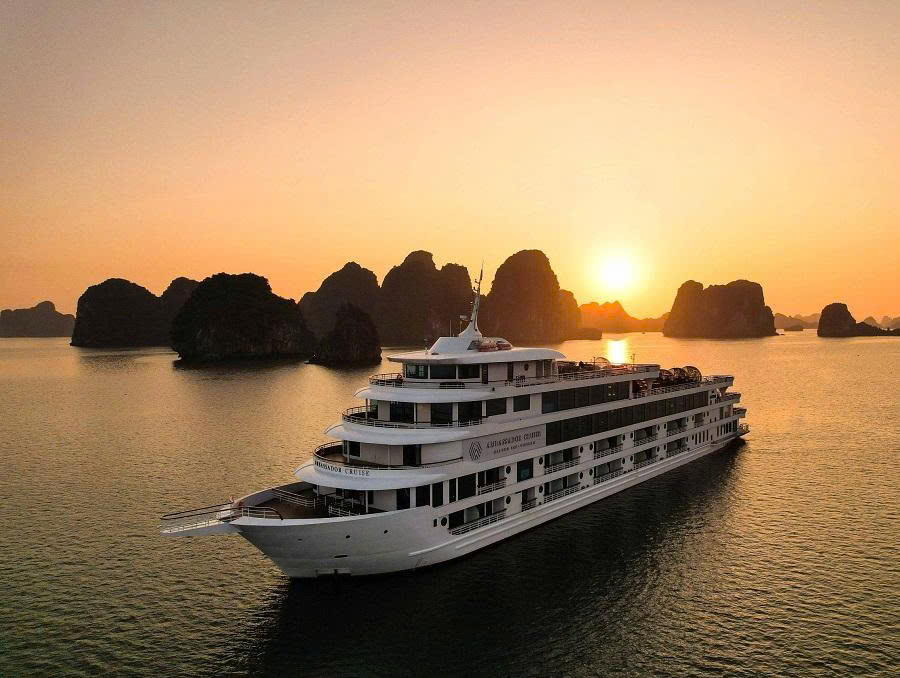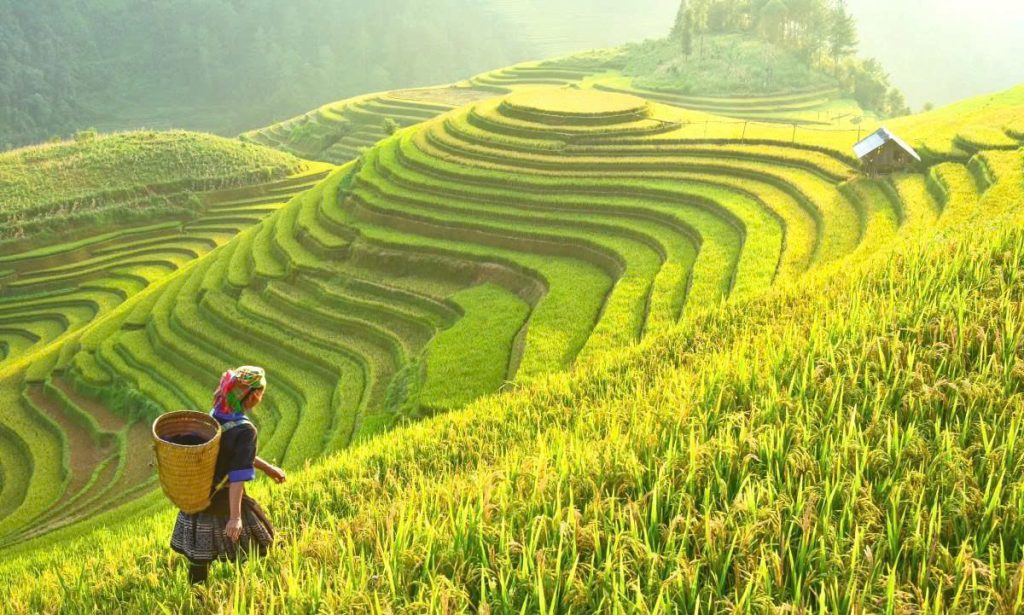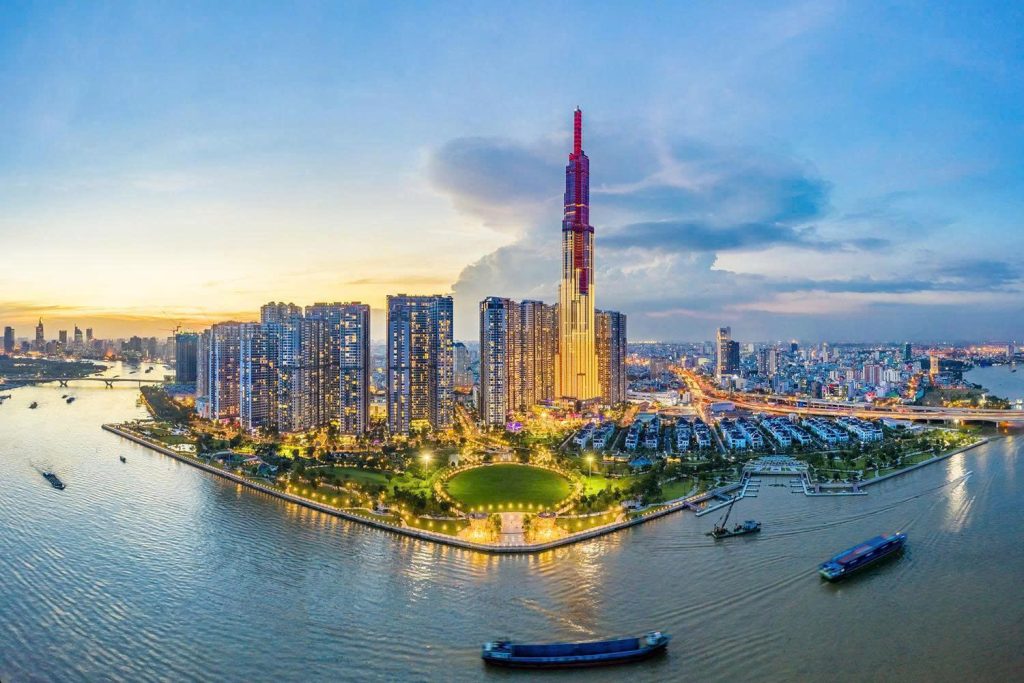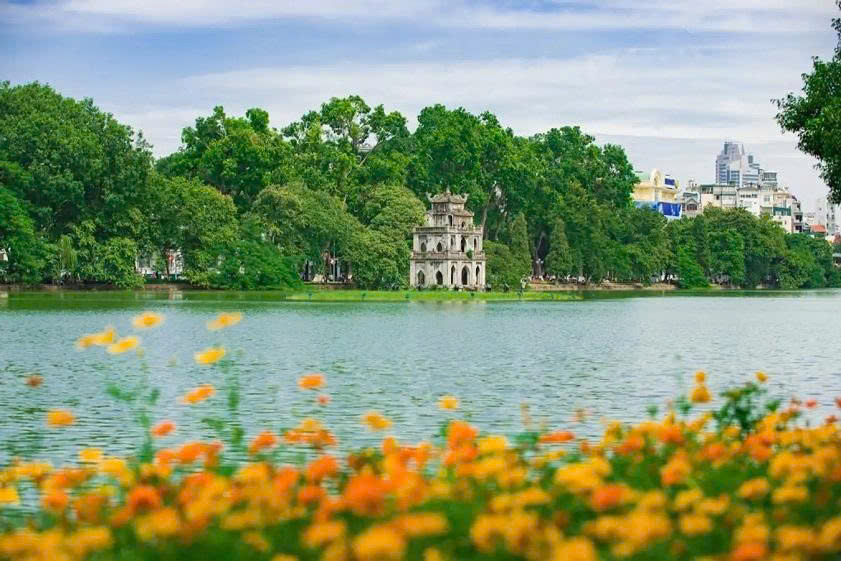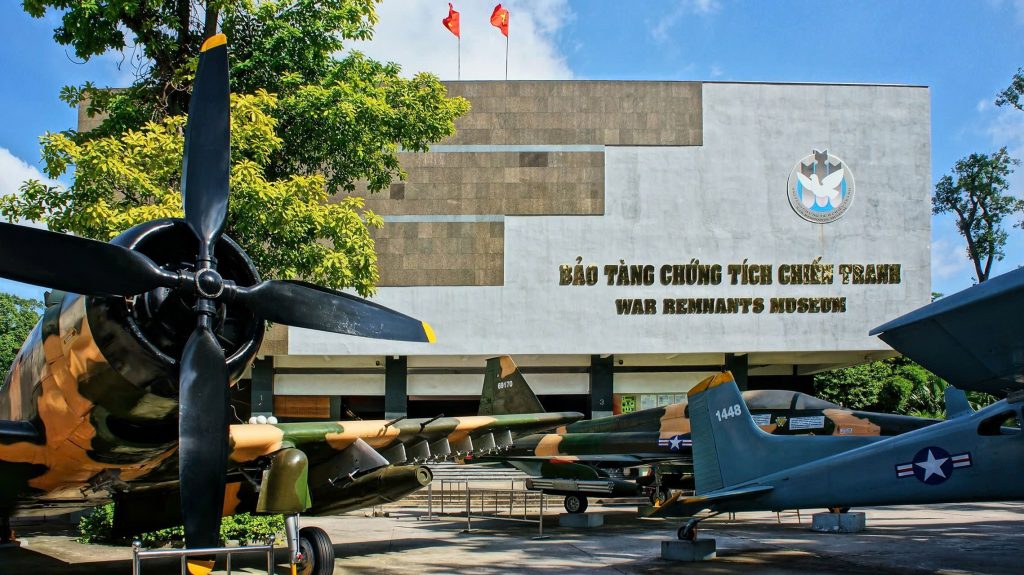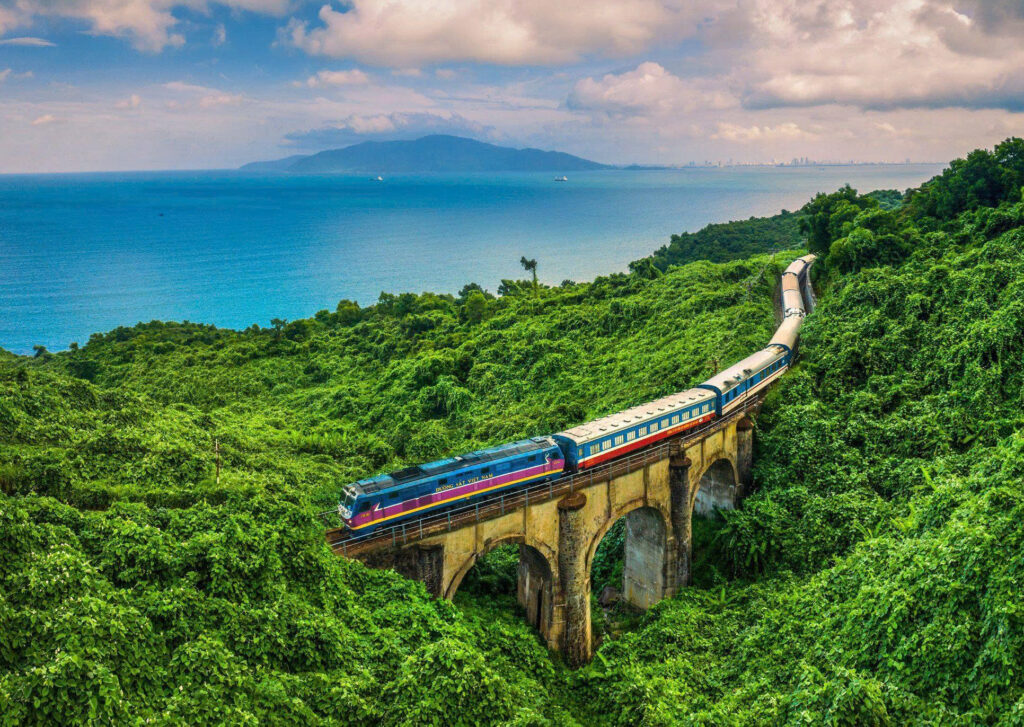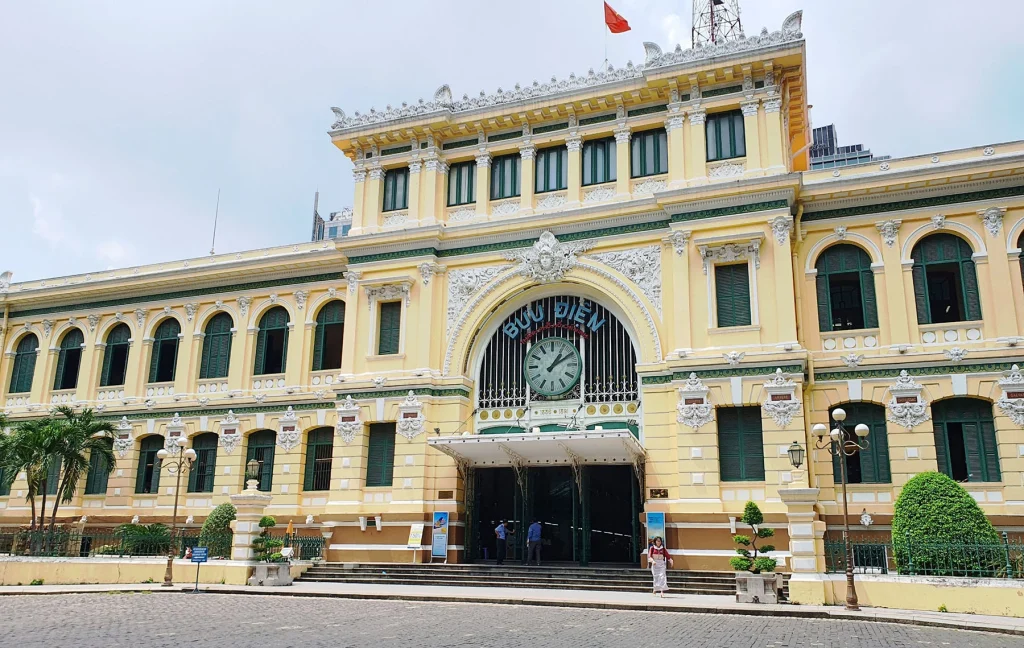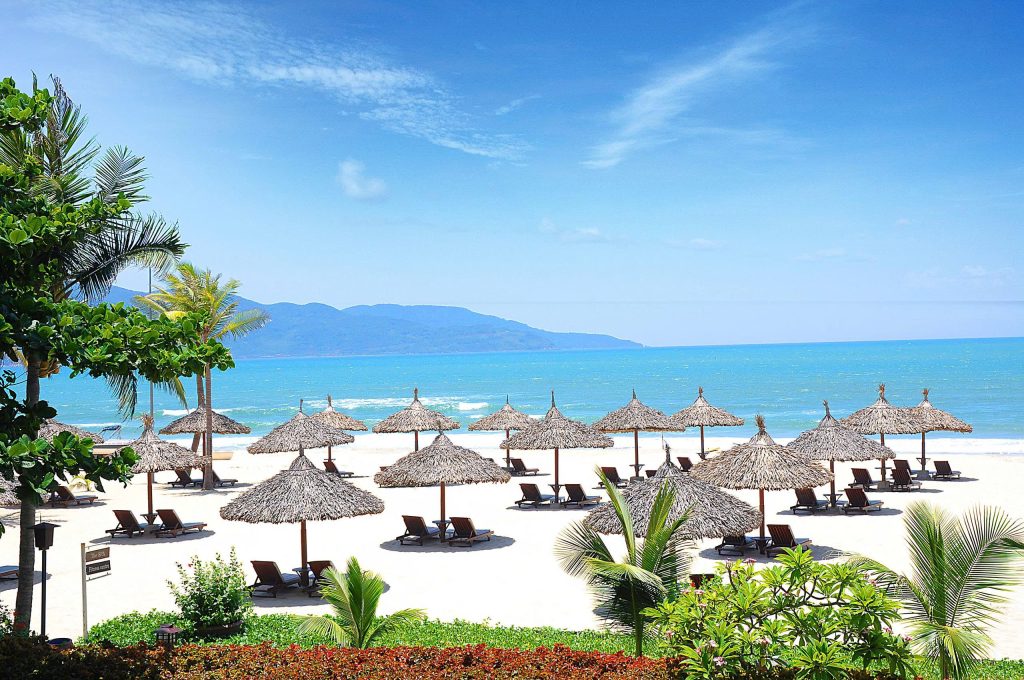Planning a family vacation to Vietnam is an exciting prospect. Vietnam, a true jewel of Southeast Asia, boasts an enchanting mix of profound history, dynamic culture, stunning natural scenery, and delectable food. But with its diverse climate stretching from north to south, understanding the best time to visit Vietnam for families is crucial to ensure a smooth, enjoyable, and memorable trip for everyone, especially the little ones.
This comprehensive guide will break down Vietnam’s weather patterns, highlight family-friendly activities for each season, and provide essential tips to help you choose the ideal time for your unforgettable family adventure.
Why Vietnam is a Fantastic Family Destination
Before diving into the “when,” let’s briefly touch on the “why.” Vietnam is increasingly popular among families for several compelling reasons:
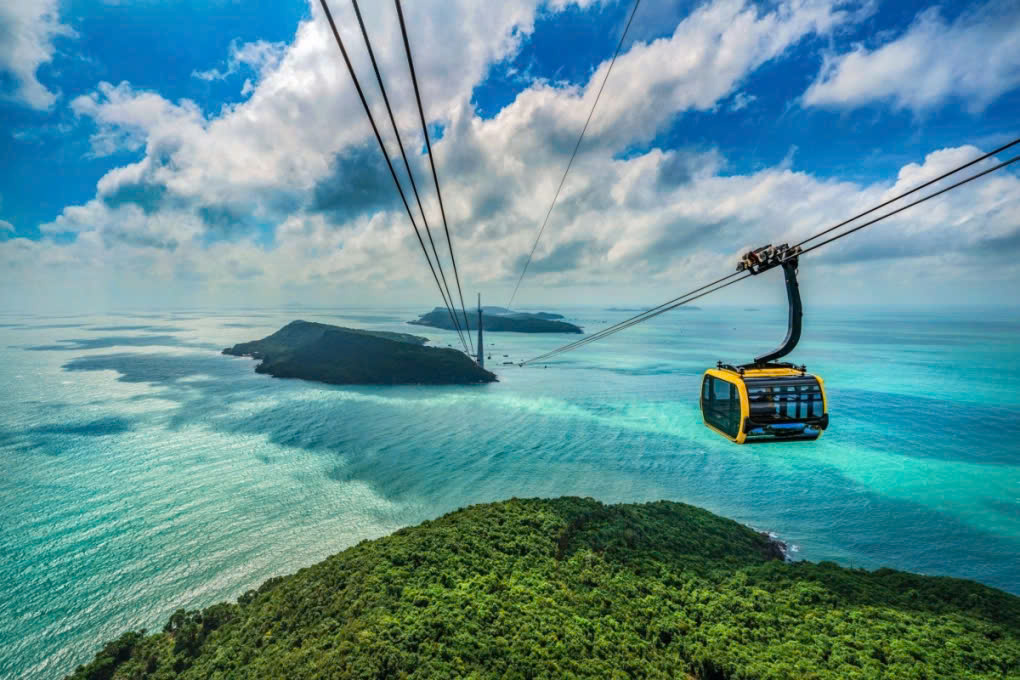
- Diverse Experiences: From the bustling streets of Hanoi and Ho Chi Minh City to the serene beauty of Ha Long Bay, the ancient charm of Hoi An, and the pristine beaches of Phu Quoc, there’s something for every age and interest.
- Family-Friendly Culture: Vietnamese people are incredibly welcoming and fond of children, often going out of their way to make families feel comfortable.
- Affordability: Compared to many Western destinations, Vietnam offers excellent value for money, allowing families to enjoy more experiences without breaking the bank.
- Delicious & Kid-Friendly Food: Beyond the iconic pho and spring rolls, there’s a vast array of milder, kid-friendly dishes to explore.
RELATED: Vietnam Itinerary for First Timers: Unforgettable Adventure
Key Factors to Consider When Choosing Your Travel Time

To pinpoint the best time for your family, keep these elements in mind:
- Weather: This is arguably the most critical factor. Extreme heat, heavy rain, or cold can significantly impact outdoor activities and overall comfort, especially with children.
- Crowds: Peak seasons often mean higher prices for flights and accommodation, and more crowded attractions. Traveling during the quieter seasons can lead to a less hurried and more peaceful trip.
- Cost: Airfare and hotel rates fluctuate with demand. Traveling during the shoulder or low seasons can lead to significant savings.
- School Holidays: Aligning your trip with school breaks is often a necessity for families, but be prepared for potentially higher prices and more fellow travelers during these times.
- Activities: Certain activities (like beach days or trekking) are best enjoyed in specific weather conditions.
Quick Glance: The “Golden Window” for Families
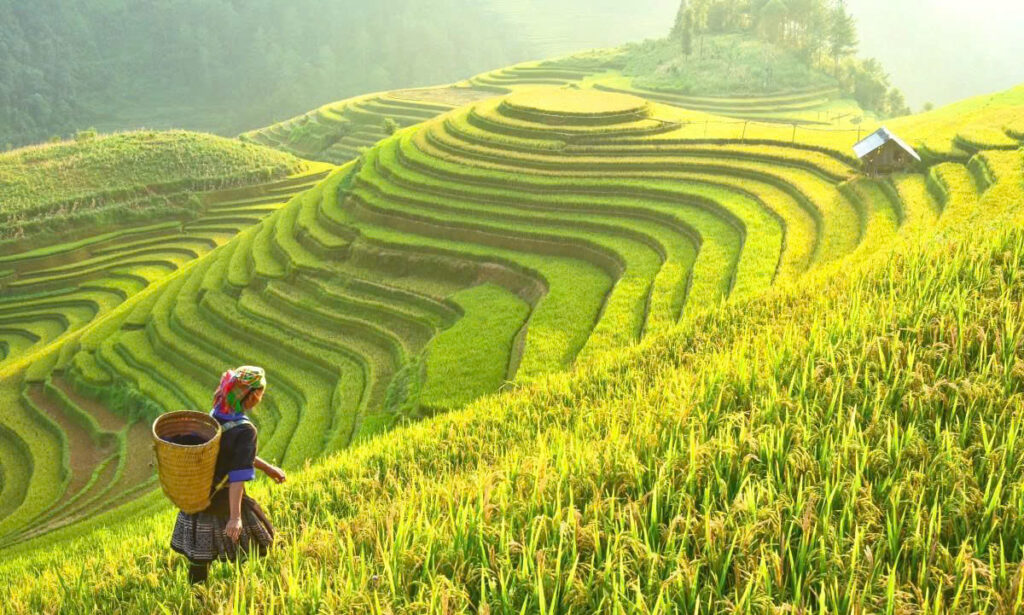
While Vietnam’s climate varies significantly by region, generally, the spring (February to April) and autumn (September to November) months offer the most pleasant weather across the country, making them ideal for family travel. These periods usually feature moderate temperatures, less rain, and comfortable conditions for sightseeing and outdoor adventures.
Detailed Climate Breakdown: Navigating Vietnam’s Regions with Kids
Vietnam’s elongated shape results in three distinct climate zones: the North, Central, and South. Understanding these differences is key to planning.
North Vietnam: Hanoi, Ha Long Bay, Sa Pa, Ninh Binh
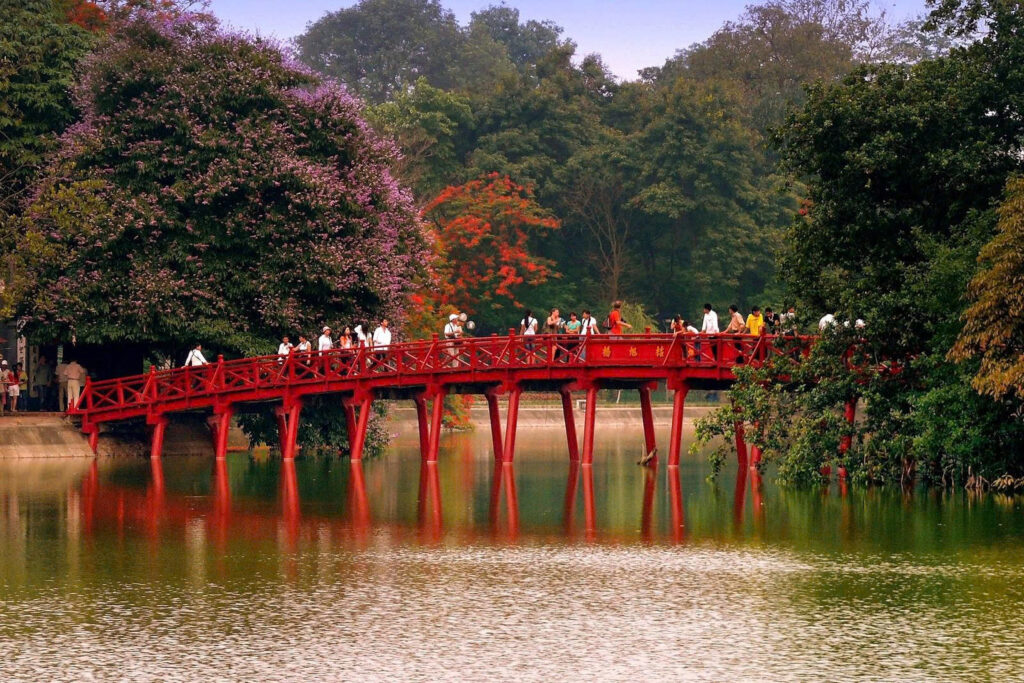
The North experiences four distinct seasons, similar to temperate climates.
- Spring (February – April): Ideal for Families
- Weather: Mild temperatures (15-25°C / 59-77°F), often misty, especially in mountainous areas like Sa Pa, and pleasant. Occasional light rain, but generally comfortable for exploring.
- Family Activities: Perfect for strolling around Hanoi’s Old Quarter, taking a Ha Long Bay cruise, or gentle trekking in Ninh Binh. The scenery is lush and beautiful.
- Pros for Families: Comfortable weather for kids, beautiful scenery, less extreme temperatures.
- Cons for Families: Can be slightly humid in early spring. Popular around Tet (Lunar New Year), leading to crowds and higher prices if your visit coincides.
- Summer (May – August): Proceed with Caution
- Weather: From July through September, the weather is usually sweltering and moist (28-35°C / 82-95°F), with frequent strong showers and a risk of typhoons.
- Family Activities: Best suited for indoor attractions or water parks. Outdoor activities can be challenging due to heat and rain.
- Pros for Families: Lower prices, fewer tourists.
- Cons for Families: Uncomfortable heat and humidity, risk of heavy rain or typhoons disrupting plans (especially for Ha Long Bay cruises). Not ideal for young children.

- Autumn (September – November): Excellent for Families
- Weather: Cool, dry, and sunny (20-30°C / 68-86°F), considered the most beautiful season.
- Family Activities: Excellent for all outdoor activities, from city tours in Hanoi to cruising Ha Long Bay under clear skies. Ideal for enjoying the golden rice paddies in Sa Pa (September/October).
- Pros for Families: Perfect weather for exploring, comfortable for children, stunning scenery.
- Cons for Families: Peak season for tourism, leading to higher prices and more crowds. Book accommodations and tours well in advance.
- Winter (December – January): Cool & Atmospheric
- Weather: Cold and dry (10-20°C / 50-68°F), can drop lower in mountainous areas, sometimes with fog.
- Family Activities: Enjoy cultural sites, museums, and local cuisine. Good for exploring cities. Sa Pa can be very cold, even reaching freezing temperatures.
- Pros for Families: Crisp air, atmospheric for city exploration.
- Cons for Families: Too cold for beach activities. Requires warm clothing, which can be bulky for packing.
RELATED: Vietnam Itinerary 2 Weeks: Exploring the Best of Vietnam
Central Vietnam: Hue, Hoi An, Da Nang, Nha Trang, Da Lat
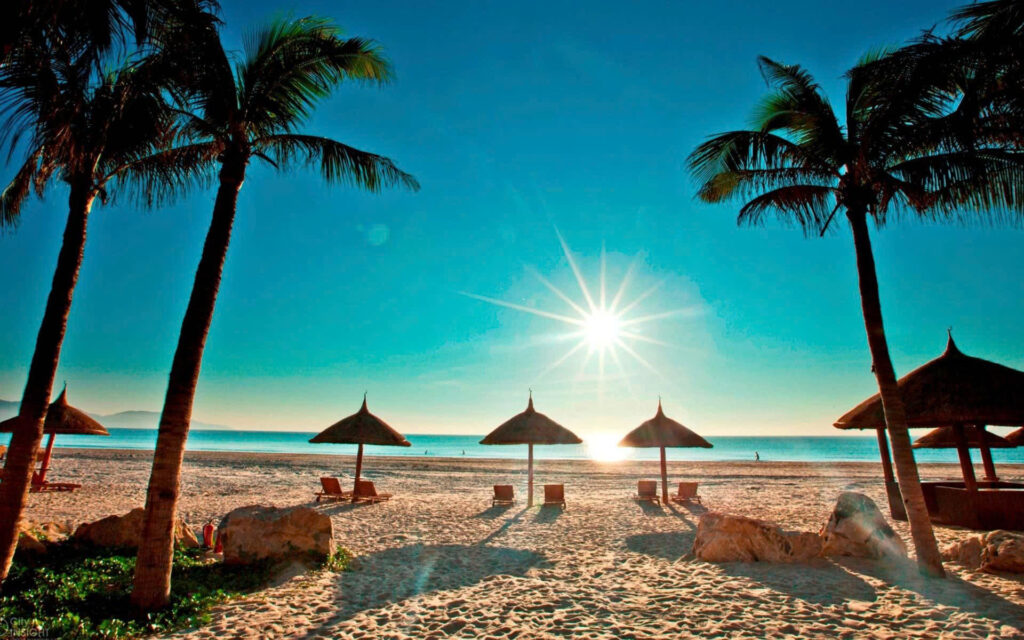
Central Vietnam’s weather can be quite different from the North and South, often experiencing a distinct dry and rainy season.
- Dry/Hot Season (February – August): Good for Families (with caveats)
- Weather: Predominantly dry and sunny. From February to April, temperatures are agreeable (20-30°C / 68-86°F). However, May through August sees a significant rise in heat (30-40°C / 86-104°F), particularly in Hue and Da Nang.
- Family Activities: Ideal for beach holidays in Da Nang and Nha Trang, exploring the ancient town of Hoi An, or visiting historical sites in Hue. Da Lat (highlands) maintains a cooler, spring-like climate year-round.
- Pros for Families: Perfect beach weather in early dry season. Clear skies for photography.
- Cons for Families: Peak heat in summer months can be challenging for young children. Crowds during school holidays.
- Rainy/Typhoon Season (September – January): Generally Not Recommended
- Weather: Characterized by heavy rainfall and a high risk of typhoons, especially from September to November. Flooding can occur in Hue and Hoi An.
- Family Activities: Very limited outdoor options. Best to avoid beach destinations.
- Pros for Families: Lower prices and fewer tourists if you don’t mind the rain.
- Cons for Families: High risk of trip disruption due to severe weather, unsafe for children, limited activities.
South Vietnam: Ho Chi Minh City, Mekong Delta, Phu Quoc
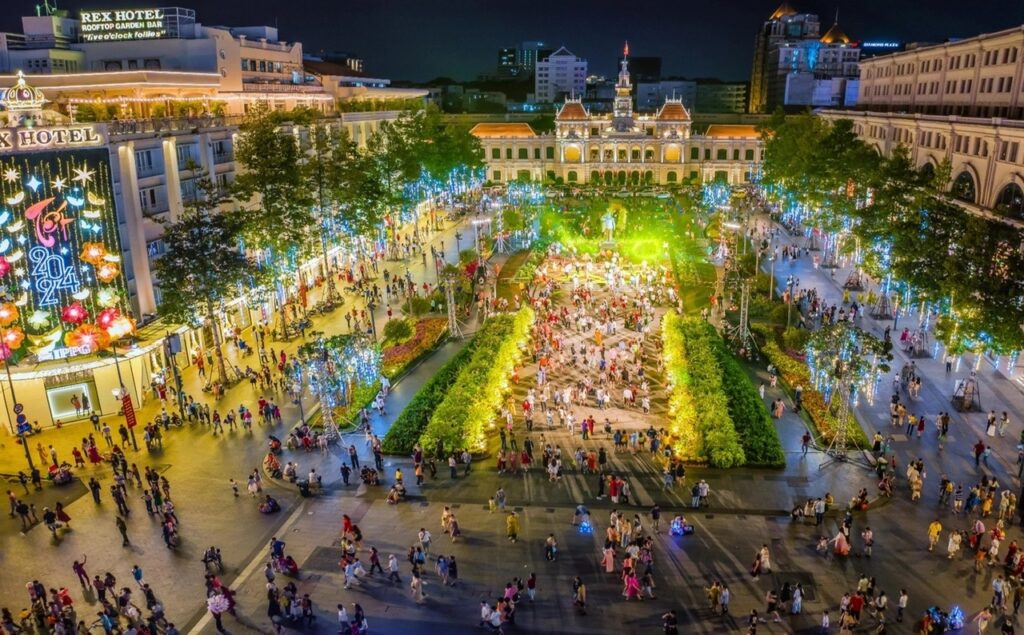
The South experiences two main seasons: dry and wet, with less temperature fluctuation compared to the North.
- Dry Season (December – April): Excellent for Families
- Weather: Hot and sunny (25-35°C / 77-95°F) with low humidity and very little rain. Considered the best time for beach destinations like Phu Quoc and Con Dao.
- Family Activities: Ideal for exploring Ho Chi Minh City, cruising the Mekong Delta, and enjoying beach resorts. Perfect for water activities.
- Pros for Families: Predictable sunny weather, perfect for beaches and outdoor exploration.
- Cons for Families: Peak tourist season, especially around Christmas, New Year, and Tet, leading to higher prices and larger crowds.
- Wet Season (May – November): Manageable for Families
- Weather: Hot and humid, with daily short, heavy downpours, typically in the afternoon. These showers usually last for an hour or two and don’t significantly disrupt plans.
- Family Activities: Most activities are still feasible. Plan indoor activities for the afternoons. The landscape is lush and vibrant.
- Pros for Families: Fresher air after rain, beautiful green landscapes, fewer tourists, lower prices.
- Cons for Families: High humidity can be uncomfortable for some. Occasional heavy flooding in city areas.
RELATED: Vietnam Travel Budget For 2 Weeks: Costs, Tips & Itinerary
Choosing the Ideal Time Based on Your Family’s Interests
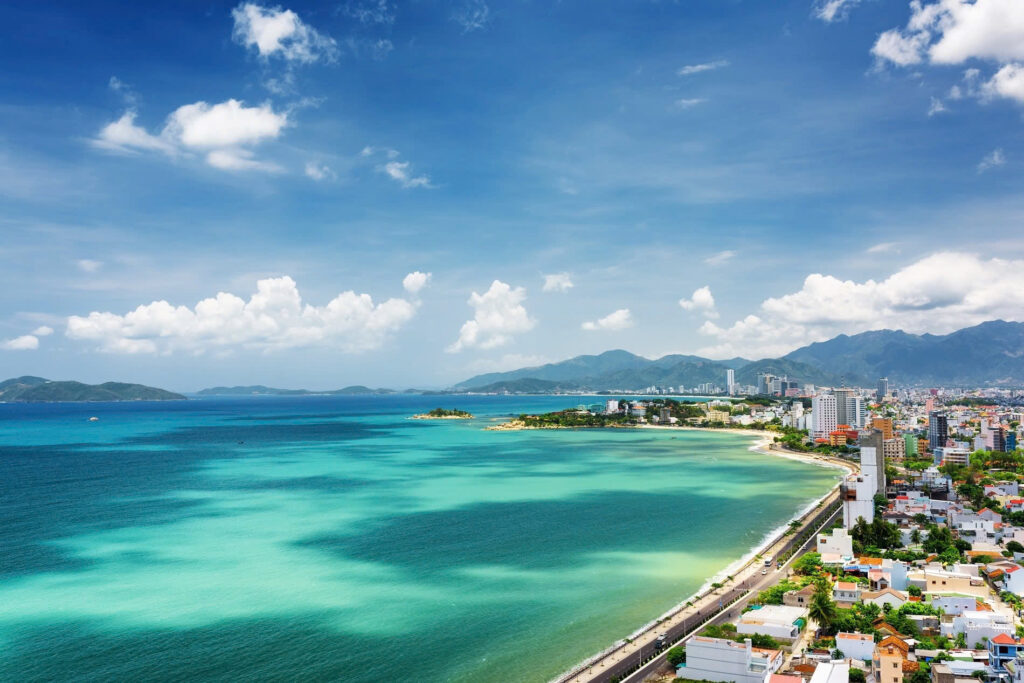
- For Beach Lovers (with kids):
- Best Time: Dry season in the South (December – April) for Phu Quoc, Nha Trang, Mui Ne. Early dry season in Central Vietnam (February – April) for Da Nang and Hoi An.
- Tips: Pack plenty of sunscreen, hats, and light clothing. Many resorts offer kid’s clubs and family-friendly pools.
- For Culture & City Explorers (with kids):
- Best Time: Autumn (September – November) or Spring (February – April) for Hanoi and Ho Chi Minh City. Most of the dry season is good for Hue and Hoi An, avoiding peak summer heat.
- Tips: Consider visiting museums during the hottest parts of the day. Utilize taxis or ride-hailing apps for easier family transport.
- For Adventure & Trekking Families (older kids):
- Best Time: Autumn (September – November) for Sa Pa and Northern mountains to enjoy clear skies and cool temperatures.
- Tips: Ensure your children are physically able for the treks. Hire reputable local guides.
- For Budget-Conscious Families:
- Best Time: The shoulder seasons (early May or late September) or parts of the wet season (excluding typhoon warnings) can offer significant savings on flights and accommodation.
- Tips: Be flexible with your dates. Book early even in off-peak season for popular destinations.
- If Traveling with Toddlers/Infants:
- Best Time: Prioritize mild, comfortable weather to minimize discomfort. Spring in the North and early dry season in the South are generally safest bets. Avoid extreme heat or heavy rain.
- Tips: Pack essential baby supplies, consider resorts with amenities for young children, and factor in more downtime.
Essential Family Travel Tips for Vietnam
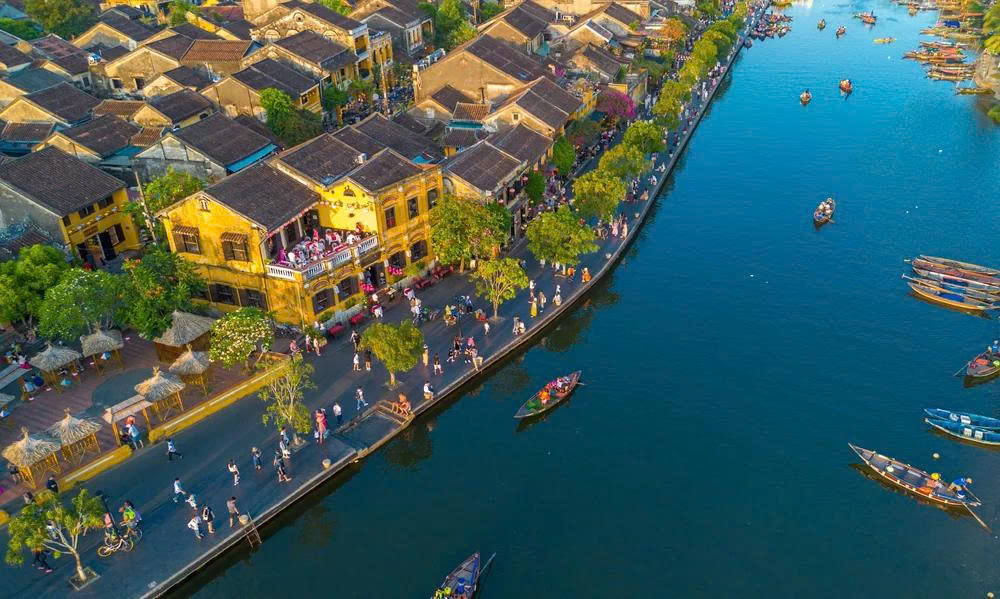
Regardless of when you visit, these tips will enhance your family’s trip:
- Book Accommodations & Tours in Advance: Especially if traveling during peak season or school holidays. Look for family rooms or interconnected rooms.
- Pack Smartly: Light, breathable clothing for hot weather. Layers for cooler northern evenings. Rain gear if traveling during wet seasons. Sunscreen, hats, insect repellent are a must.
- Stay Hydrated: Drink plenty of bottled water, especially in the heat.
- Be Mindful of Food & Water Safety: Stick to bottled water. For street food, choose popular stalls with high turnover.
- Travel Insurance is a Must: Essential for any unexpected medical emergencies or trip disruptions.
- Learn a Few Basic Vietnamese Phrases: “Xin chào” (hello), “Cảm ơn” (thank you) go a long way.
- Embrace Local Transport: Taxis and ride-hailing apps (Grab) are convenient and affordable for families. Cyclos and boats offer unique experiences.
- Build in Downtime: Don’t overschedule. Kids need breaks, pool time, and opportunities to just relax.
- Engage with Locals: Vietnamese people are generally very friendly and welcoming to children. Encourage your kids to interact respectfully.
- Respect Local Customs: Dress modestly when visiting temples and pagodas.
RELATED: Vietnam Travel Safety Tips 2025: Guide for a Worry-Free Trip
While the spring (February – April) and autumn (September – November) periods often emerge as the best time to visit Vietnam for families due to generally favorable weather nationwide, the “ideal” time truly depends on your family’s specific interests and tolerance for different weather conditions.
By understanding the regional climates and aligning them with your desired activities and budget, you can plan a fantastic Vietnamese adventure that creates lasting memories for every member of your family. Enjoy your journey to this incredible country!


